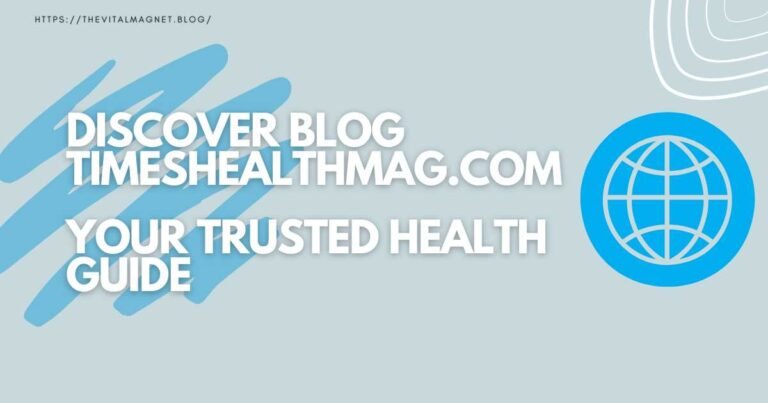Achilles Tendon Injury: Causes, Treatment & Prevention

The Achilles tendon is the unsung hero of our lower limbs. It quietly powers every push-off, jump, and sprint until something goes wrong. For runners, dancers, and anyone who’s felt that dreaded sting in the back of the heel, this guide is for you.
Let’s explore how to understand, treat, and protect this vital tendon for lifelong movement.
🦵 What Is the Achilles Tendon?
The Achilles tendon links your calf muscles (gastrocnemius and soleus) to your heel bone (calcaneus). It’s the thickest, strongest tendon in the body—and yet, one of the most prone to injury due to its constant use in:
- Walking
- Running
- Jumping
- Climbing stairs
- Standing on tiptoes
🧠 Quick Fact: The Achilles tendon can withstand forces up to 1,000 pounds. But when overworked, even the strongest cable can fray.
⚠️ What Causes Achilles Tendon Injuries?
Achilles tendon injuries usually arise from overuse, sudden strain, or poor conditioning. Here’s what often leads to trouble:
- 📈 Sudden increase in activity (e.g., ramping up your mileage)
- 🏃♂️ Chronic overuse in sports like basketball, tennis, or sprinting
- ❌ Inadequate warm-up or stretching
- 👟 Wearing improper or worn-out footwear
- 🦶 Flat feet or limited ankle mobility
- 💉 Corticosteroid injections (can weaken tendons)
- 👤 Age (middle-aged athletes are especially at risk)
🔍 Symptoms of Achilles Tendon Problems
You may first notice a stiff, sore feeling in your heel or calf. If untreated, this can escalate. Look for:
- Morning tightness that eases after walking
- Pain behind the heel during or after activity
- Swelling or thickening of the tendon
- A popping sound at injury (may indicate rupture)
- Weakness when pushing off or rising on toes
🩺 Common Achilles Tendon Conditions
| Condition | What It Is | Key Symptoms |
|---|---|---|
| Achilles Tendinosis | Degeneration of tendon fibers (not inflammation) from long-term overuse | Swelling, activity-linked pain |
| Paratendinosis | Inflammation of the sheath around the tendon | Tenderness to touch, swelling |
| Calcific Tendonitis | Calcium buildup inside the tendon (aka Tendo-Calcinosis) | Severe stiffness, may need surgery |
| Haglund’s Deformity | Bony growth at back of heel, often from tight shoes | “Pump bump”, pain when wearing footwear |
| Retrocalcaneal Bursitis | Inflammation of fluid sac between tendon and bone | Swelling, redness, pain in back of heel |
🧊 First Response: What to Do in the First 72 Hours
🛑 Rule #1: Stop doing whatever caused the pain.
Apply the R.I.C.E. method:
- Rest: Avoid putting weight on the foot.
- Ice: Apply ice for 10–15 minutes, 3–4x/day.
- Compression: Use an elastic wrap to reduce swelling.
- Elevation: Raise foot above heart level.
💊 Ongoing Treatments & Recovery Tips
Depending on the severity, your doctor may recommend:
- NSAIDs (ibuprofen) for pain (use with medical guidance)
- Heel lifts or orthotics to reduce strain
- Massage therapy (focus on calf muscles, not the tendon directly)
- Physical therapy: Strengthening, stretching, ultrasound
- Walking boot or brace for partial tears
- Surgery: For complete ruptures or chronic damage
🏋️♂️ Best Exercises for Achilles Tendon Strength & Flexibility
📌 Do these once the pain has reduced and with a doctor or PT’s approval.
🔄 Stretching Exercises
1. Wall Calf Stretch
- Stand facing a wall, one foot back.
- Keep heel down and knee straight.
- Hold for 30 seconds; repeat with a bent knee.
2. Stair Stretch
- Stand with toes on the step, heels hanging off.
- Let heels slowly drop for a deep calf stretch.
- Hold for 30 seconds; repeat 3x.
💪 Strengthening Exercises
1. Resistance Band Push
- Sit with your legs extended and band around your foot.
- Push your foot forward and resist on the way back.
- 3 sets of 15 reps.
2. Eccentric Heel Drops
- Rise with both feet; slowly lower with one.
- Do it with the knee straight and slightly bent.
- 3 sets of 15 reps daily.
✅ How to Prevent Achilles Tendon Injury
- 🚶 Warm up before activity
- 🧘 Stretch calves daily
- ⚖️ Avoid abrupt activity increases
- 👟 Wear supportive, cushioned shoes
- 🦵 Strengthen calves, hips, and ankles
- 🛌 Schedule recovery days in training
- 🚴 Mix in low-impact cardio (e.g., cycling, swimming)
- 🦶 Use orthotics if foot alignment is off
👨⚕️ When to See a Doctor
Seek help immediately if:
- You hear or feel a pop in the heel
- You can’t rise on your toes
- Swelling/pain worsens after 7 days
- You see bruising around the heel/ankle
- Walking becomes difficult
❓FAQs About Achilles tendon injury
Q1: Can you walk with a torn Achilles tendon?
Some partial tears allow painful walking, but complete ruptures usually turn off push-off strength.
Q2: Is surgery always needed?
Not always. Casting and PT work for many—but younger athletes may need surgery for full function.
Q3: Can it heal without treatment?
Minor tendonitis may ease with rest and rehab. However, neglect leads to degeneration or rupture.
Q4: Should I massage the Achilles directly?
No. Instead, massage surrounding areas (calves, hamstrings) to relieve pressure.
Q5: Best shoes for support?
Look for cushioned heels, arch support, and slightly raised heels. Avoid flat, unsupportive soles.
💬 Final Thoughts
Your Achilles tendon might be powerful, but it’s not invincible. Treat early warning signs seriously. With regular stretching, gradual training increases, and proper footwear, you can avoid setbacks and stay active.






